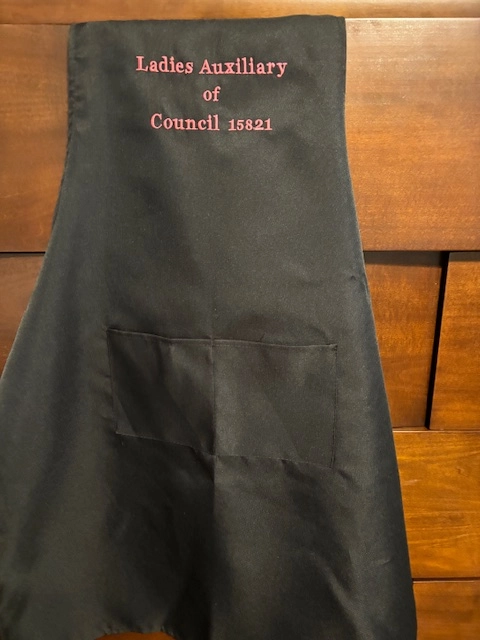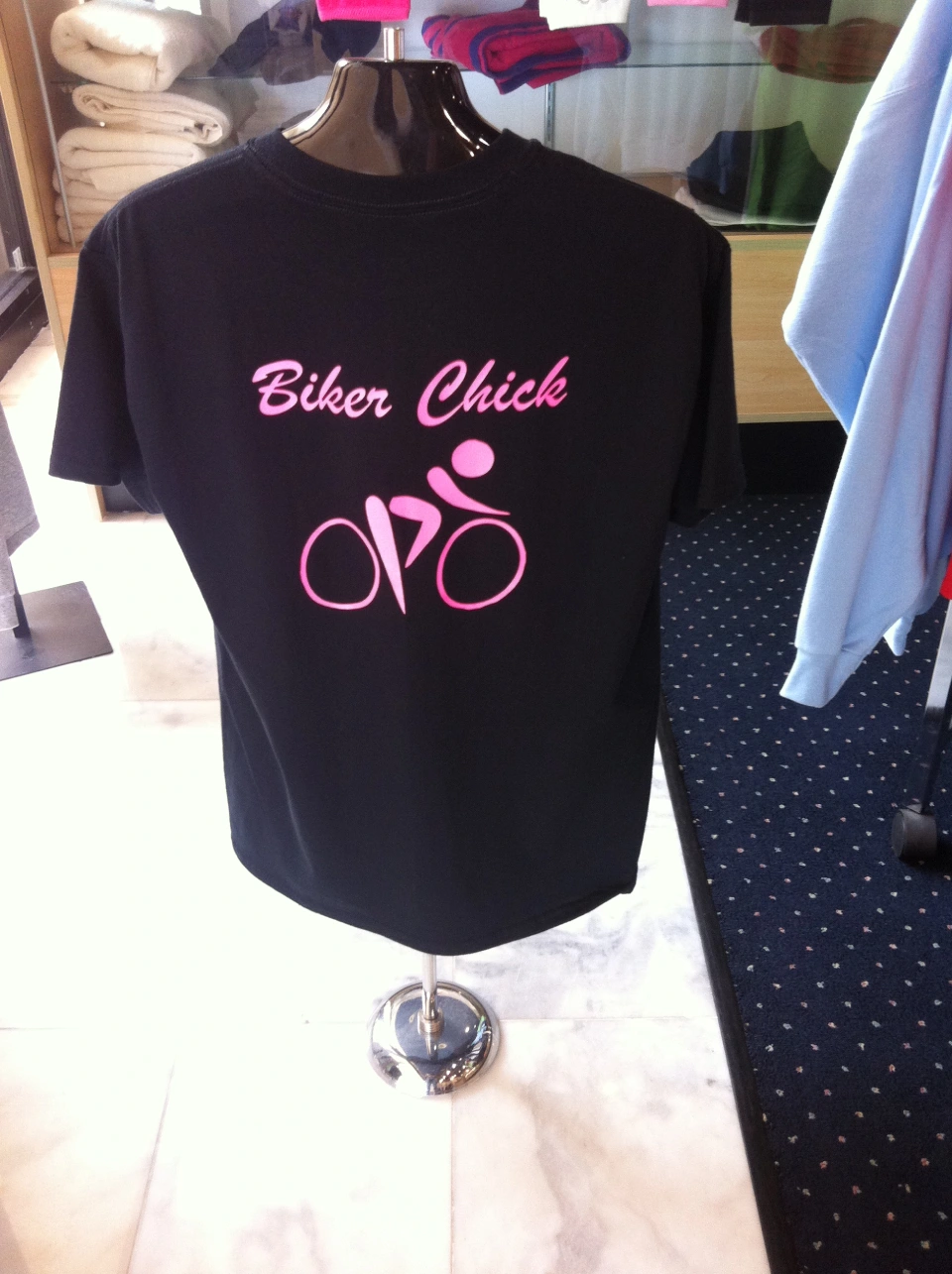The Art of Customized Needlework: Opening the Keys to Creating Unique and Memorable Layouts
The tricks to producing custom needlework designs that astound the eye and leave a long-term impact lie in a delicate equilibrium of method, imagination, and focus to detail. As we delve right into the world of custom-made embroidery, we reveal the nuanced interaction between string selection, stitch intricacy, and design customization that raises a mere garment to a job of art.
Picking the Right Embroidery Threads
When choosing needlework threads, what vital factors should you think about to make certain the most effective results for your custom styles? The option of needlework string is essential in determining the final result of your stitched layout. One of the primary factors to consider is the product of the string. Various products such as cotton, polyester, rayon, and silk offer differing degrees of luster, toughness, and appearance. It is necessary to select a thread material that matches the material you are embroidering on and straightens with the preferred appearance of the style.
Thicker threads can include measurement and structure to your design, while finer strings are ideal for intricate information and small message. Furthermore, considering the shade fastness and washability of the thread is essential to make certain that your customized layouts maintain their quality and vibrancy over time.
Discovering Different Stitch Strategies
To delve right into the realm of 'Exploring Different Stitch Strategies', one need to grasp the ins and outs and subtleties that each sewing technique offers the art of embroidery. Different stitch methods not just include visual passion but likewise add to the general appearance and dimension of the style. One preferred stitch technique is the satin stitch, which includes very closely packed parallel stitches to produce a smooth and glossy surface, suitable for filling in shapes and creating strong lays out.
On the other hand, the backstitch is a flexible strategy typically utilized for outlining and adding fine details. It includes stitching backward to create a solid line of embroidery. Furthermore, the French knot stitch includes a tactile component to designs, ideal for producing distinctive accents like blossom centers or ornamental touches.
Checking out various stitch strategies permits embroiderers to have fun with light, shadow, and deepness within their layouts, boosting the aesthetic allure and imaginative quality of their needlework tasks. By understanding numerous sewing techniques, one can unlock countless opportunities for developing one-of-a-kind and remarkable custom embroidery items.
Incorporating Personalized Layout Aspects
Having discovered the ins and outs of different stitch strategies such as the satin click here for more stitch, backstitch, and French knot, the emphasis now shifts towards including tailored design components in customized embroidery jobs. Customized style aspects play a critical function in making embroidery jobs truly one-of-a-kind and unforgettable.
Another method to incorporate tailored design components is by including symbols or concepts that hold special definition to the recipient or reflect their passions and personality. Including a favorite flower, pet, or hobby-related icon can make the embroidery style more significant and tailored. Additionally, selecting colors that reverberate with the recipient or align with the designated motif can further enhance the customization of the embroidery project.
Grasping the Art of Shade Coordination

One key element of color sychronisation is understanding shade theory. This consists of recognizing exactly how various colors engage with each other, the emotions they communicate, and just how check my reference they can be combined to create aesthetically appealing styles. By using shade theory principles, embroiderers can produce harmonious shade palettes that enhance the general appearance of the layout.
Furthermore, focusing on contrast is critical in color coordination. Using contrasting colors can assist particular components of the design pop, improve clarity, and develop an aesthetically vibrant needlework piece. By mastering the art of color sychronisation, embroiderers can raise their layouts and produce remarkable items that reverberate with clients and visitors alike.
Enhancing Structure With Advanced Embroidery Stitches

Bullion knots, on the other hand, can be made use of to develop twisted, ropelike aspects that include an extravagant feeling to the needlework. Exploring with these advanced embroidery stitches allows you to push the boundaries of standard embroidery and develop absolutely special and visually enticing appearances in your styles.
Conclusion
Finally, the art of personalized needlework entails a mix of picking the ideal threads, discovering different stitch techniques, integrating customized design components, grasping color control, and improving texture with advanced stitches. By recognizing and implementing these crucial elements, embroiderers can create unique and unforgettable designs that display their creativity and ability. Needlework enthusiasts can open the secrets to producing stunning and bespoke pieces that stand apart and leave an enduring impression.